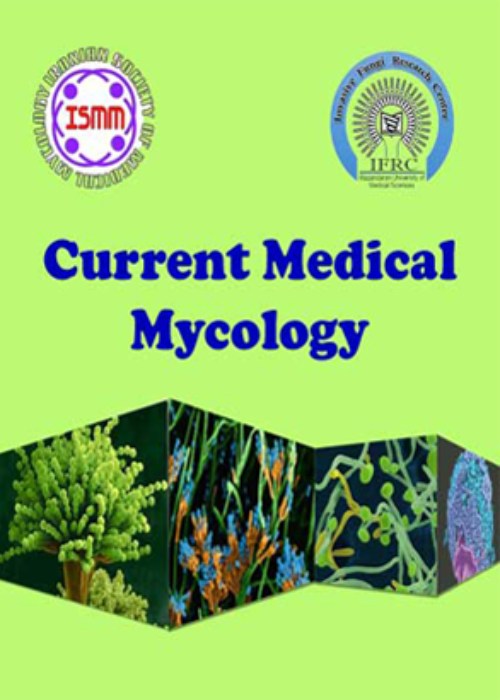Updates on Tinea Incognita: Literature Review
Tinea incognita (TI), or the other equivalent tinea atypica, is a term used to declare the atypical presentation of dermatophyte infections caused by the administration of steroids or other immunosuppressive medications which modulate the local and systemic immune response. It can mimic other dermatoses; hence making diagnostic challenges for dermatologists. Tina incognita may be misdiagnosed as many dermatoses. Based on previous studies, corticosteroids may cause different clinical manifestations of dermatophytes that might be very different from those that are commonly described.
This narrative review was conducted using PubMed and Scopus databases. Search terms included “Tinea incognita” and “Atypical dermatophytosis”. The search strategy included meta-analyses, randomized controlled trials, clinical trials,observational studies, reviews, and case reports. The search was restricted to articles written in the English language from 2006 to Feb 01, 2023. Moreover, duplicate articles and non available full-text articles were excluded. The extracted data of the search results were retrieved in this study. The morphological patterns, prevalence, sight of infection, and causative agents were also described.
Prevalence of different patterns of TI were recorded as 50% (431 out of 862 cases) for eczema-like lesions followed by psoriasis-like and 6.61% (57 out of 862) for parapsoriasis-like pattern. Moreover, each of the rosacea-like and pyoderma-like lesions equally accounted for 4.98 % of cases (43 out of 862). In addition, the prevalence of causative agents was reported as follows: Trichophyton rubrum accounted for 247 isolates (40%) as the most prevalent, followed by Trichophyton mentagrophytes (n=152, 24%) and Microsporum canis (n=119, 19%).
Tinea incognita is a great mimicker; hence, dermatologists should obtain a full medical history of the patients to make correct diagnoses. It is vital to encourage an exact identification of the etiological agent according to the internal transcribed spacer sequencing in some uncertain cases. This review highlights the importance of mycological tests and fast diagnosis of TI, especially in cases of atypical skin lesions, to choose appropriate treatment and avoid the spread of drug resistant species.
- حق عضویت دریافتی صرف حمایت از نشریات عضو و نگهداری، تکمیل و توسعه مگیران میشود.
- پرداخت حق اشتراک و دانلود مقالات اجازه بازنشر آن در سایر رسانههای چاپی و دیجیتال را به کاربر نمیدهد.


